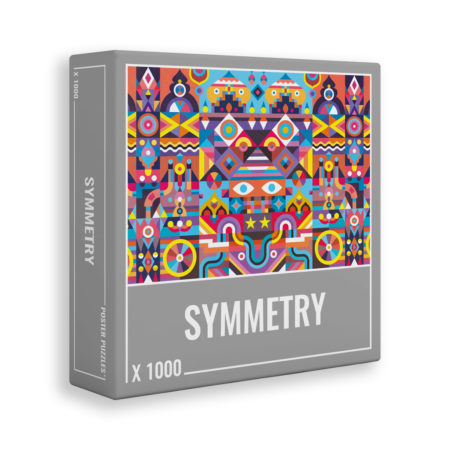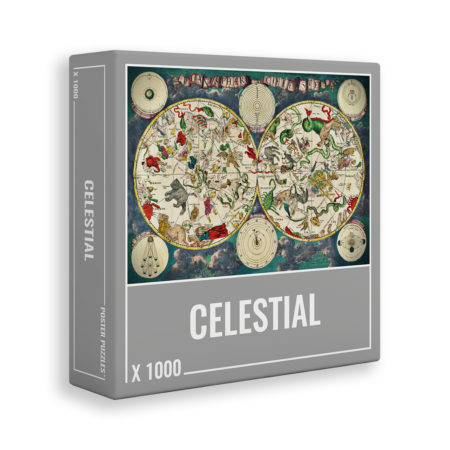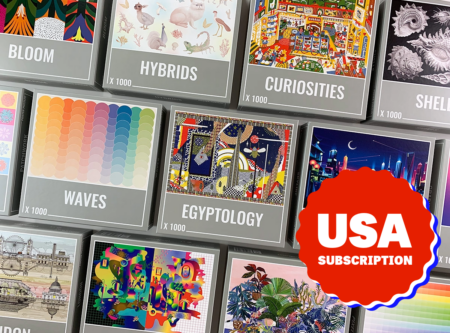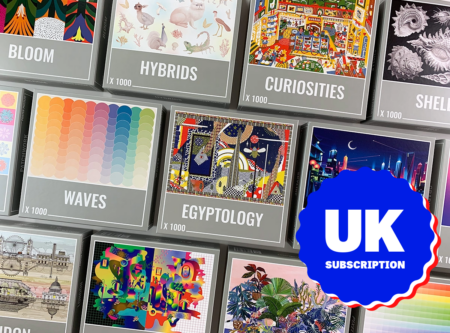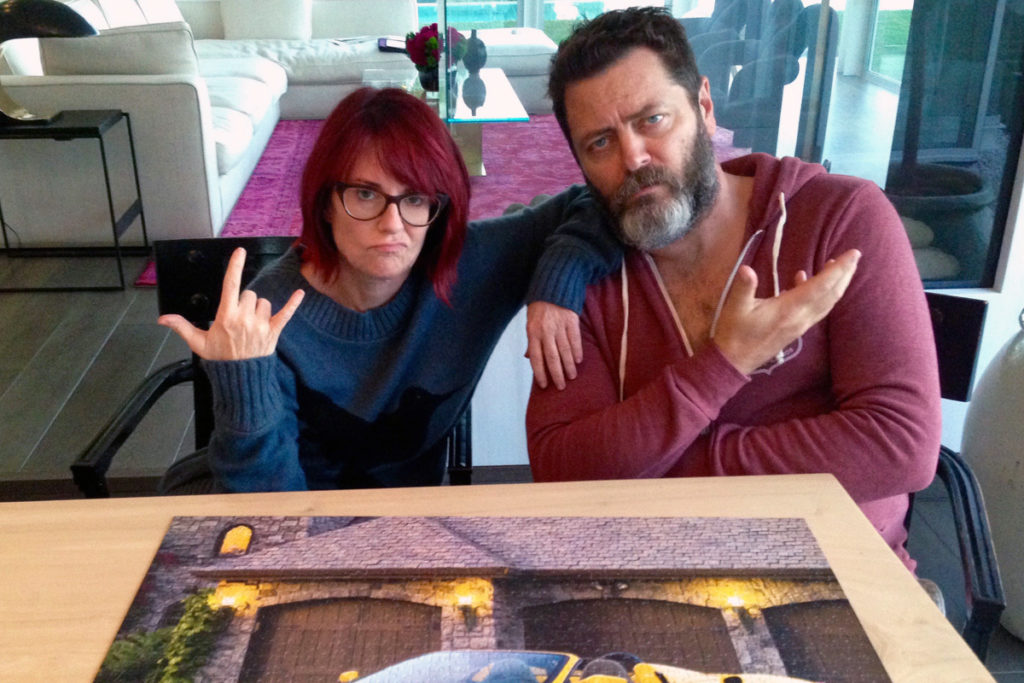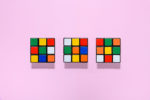When you sit down to enjoy a few hours of puzzling with your favourite 1000-piece puzzle, it’s hard to imagine a world without jigsaws. But, puzzlers, it’s true: once upon a time, some clever person had to invent the whole crazy concept.
This guide will take you on a whistle-stop tour of the jigsaw puzzle’s humble beginnings, and delve into how puzzling became the fun hobby we know and love today. Yes, it’s a nerdy article, but hey – you’re already on a puzzle blog, so we’ll assume you’re in it for the long haul…
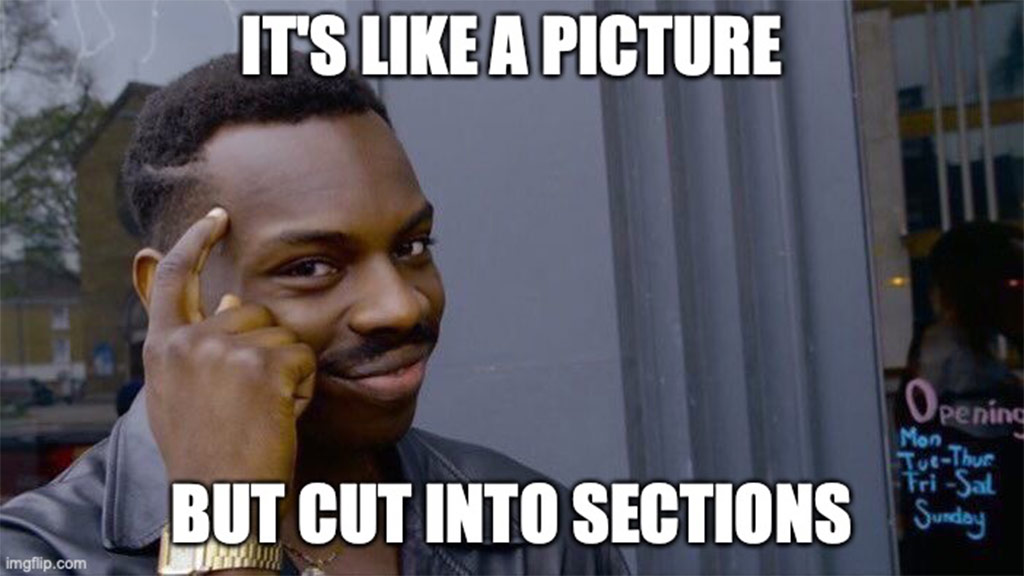
Who invented jigsaw puzzles?
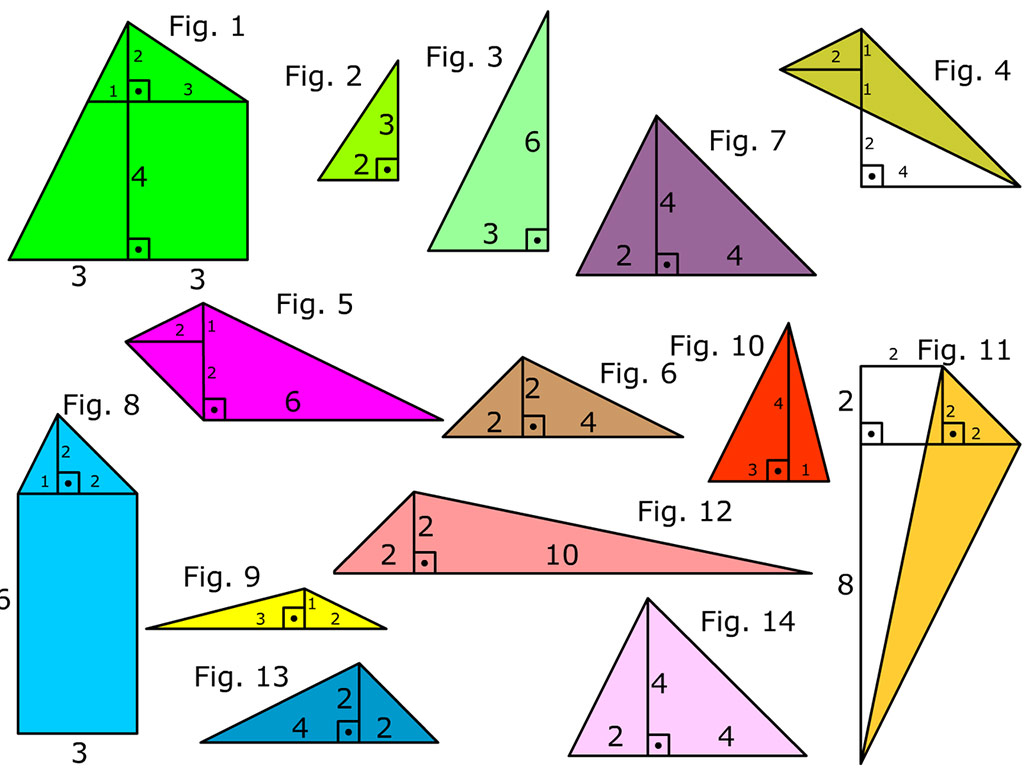
There wasn’t a single inventor of jigsaw puzzles. In fact, the concept has been built and developed for more than 2000 years – and of course, the idea of challenging the human intellect is not a new one.
The very first puzzles would have been in the form of spoken-word riddles, but records show that as far back as 2300BC, the ancient Greeks and Egyptians created labyrinth or maze drawings for fledgling nerds to wrap their grey matter around.
But what about real-life puzzles that you can actually assemble? Well, the Greek mathematician Archimedes is credited with creating one of the first puzzle-like brain teasers back in 250BC. Known as the Ostomachion, it’s a square that has been cut into 14 pieces of different shapes and sizes.
There are actually multiple ways in which it can be put back together, so the challenge is in creating new patterns, rather than assembling a finished puzzle – apparently among the possible shapes are a ship, and elephant and a barking dog!
What is the origin of the jigsaw puzzle?
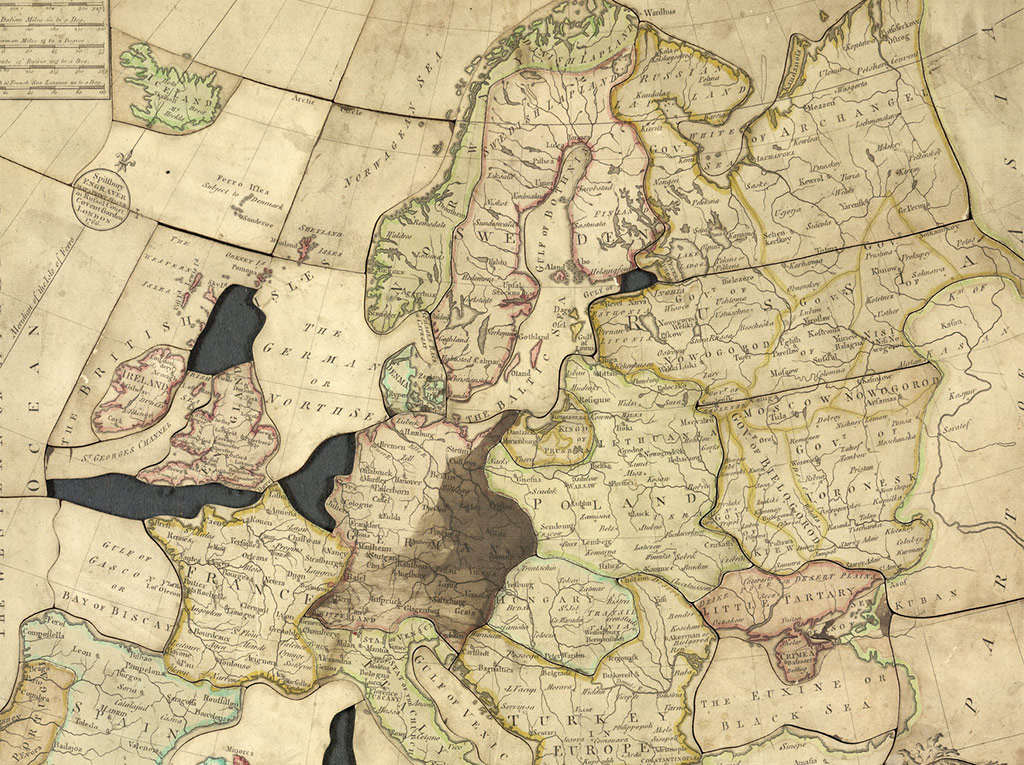
Pic: British Library/Wikimedia Commons
After Archimedes, it would be a quite a few centuries before we’d see the invention of what is considered the first jigsaw puzzle. In 1760, a British cartographer named John Spilsbury was looking for way to teach geography to children that would be both engaging and educational. He had the novel idea of gluing a map of Europe to a wooden board and cutting along the borders, so that children would learn the shape and location of each country as they reassembled it.
These early jigsaw puzzles were originally called ‘dissected maps’ and really took off as an educational tool. Legend has it that Spilsbury was able to create a whole business around his invention, adding designs for other parts of the globe, including a full world map. It wasn’t long before other manufacturers saw the potential in these puzzles and took up the idea, introducing designs of historical scenes as well as the original maps.
During all this time, no one seemed to think of doing these puzzles just for fun and they were only used as an educational game. Even then it was only the wealthy that could afford these ‘dissections’, which were entirely hand-made and often created using mahogany. It’s said that the British Royal Family had a few – which is the least you could expect from the same gang that owns all of the UK’s dolphins.
Why are they called jigsaw puzzles?
You probably think you know the answer to this one, after all, the jigsaw is a fairly well-known tool. But it’s not as straightforward as you might think – it appears that jigsaws have never been used to cut the pieces for puzzles. Up until the 1880s, the names ‘dissected maps’ or ‘dissections’ were used, at which point treadle fretsaws became the tool of choice for cutting puzzles. Although a fretsaw is different to a jigsaw, the name was somehow adopted and remains today.
When was the modern jigsaw puzzle developed?
The jigsaw puzzle as we know it today is much more developed than those first teaching tools, but if you look closely you can see some of the familiar puzzle features.
The idea of interlocking pieces was introduced with some of the early dissections, but not on all of the pieces. To save on the labour costs of cutting out the tabs and blanks, it was usually only the edge pieces that interlocked, while the centre pieces simply sat alongside each other. It would have made sorting the edge pieces a much easier task!
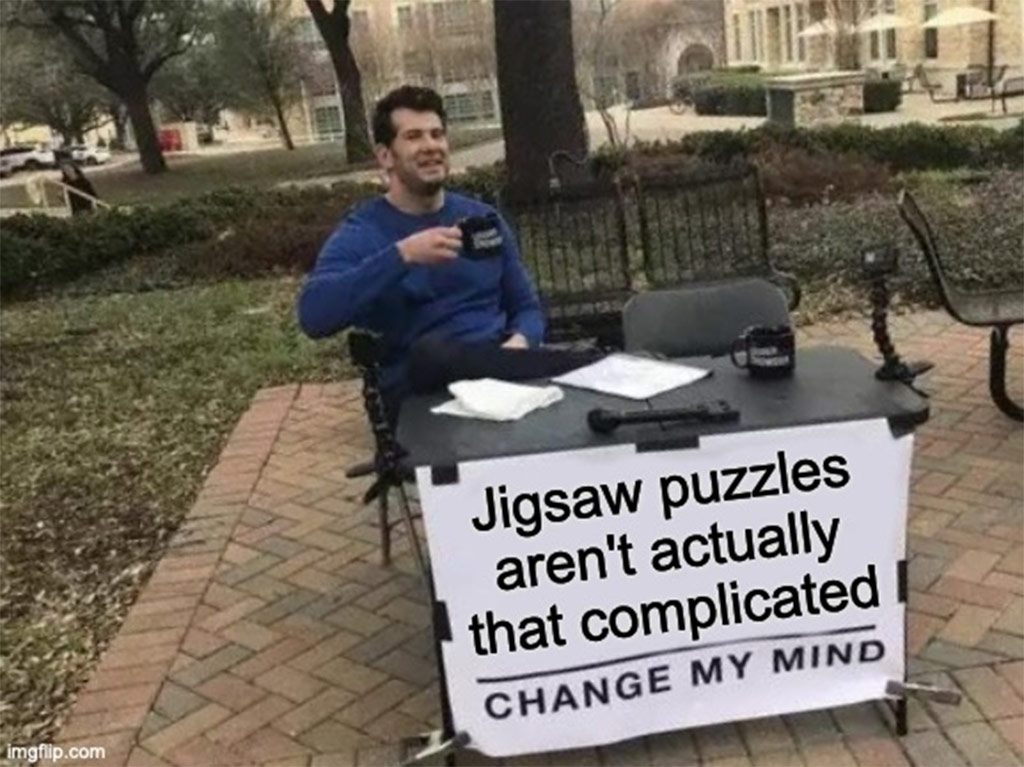
Things became much easier for puzzle makers in the 1880s, with the introduction of the treadle saw, which meant all those pieces no longer had to be cut out by hand.
Around this time, the puzzle board was changed from hardwood to plywood, which was much cheaper and a lot easier to saw through. The image was either glued to or painted on to the front and the guides for cutting out the pieces was drawn on the back. If you’re lucky enough to get your hands on one of these antique puzzles, you likely still see the pencil marks on the back of the pieces.
Puzzles made from cardboard (like the ones we use today) were available from the late 1800s, but were mainly used for children’s puzzles. They were perceived as lower quality so manufacturers continued to push the sale of wooden jigsaws. What they didn’t let on was that there was also a much greater profit margin to be had from wooden puzzles.
If you see puzzles from around this time you’ll also notice that the designs are richer and higher quality than in previous years, as advances in lithographic printing mean the artwork could be printed directly onto the wood.
When did jigsaw puzzles become popular?
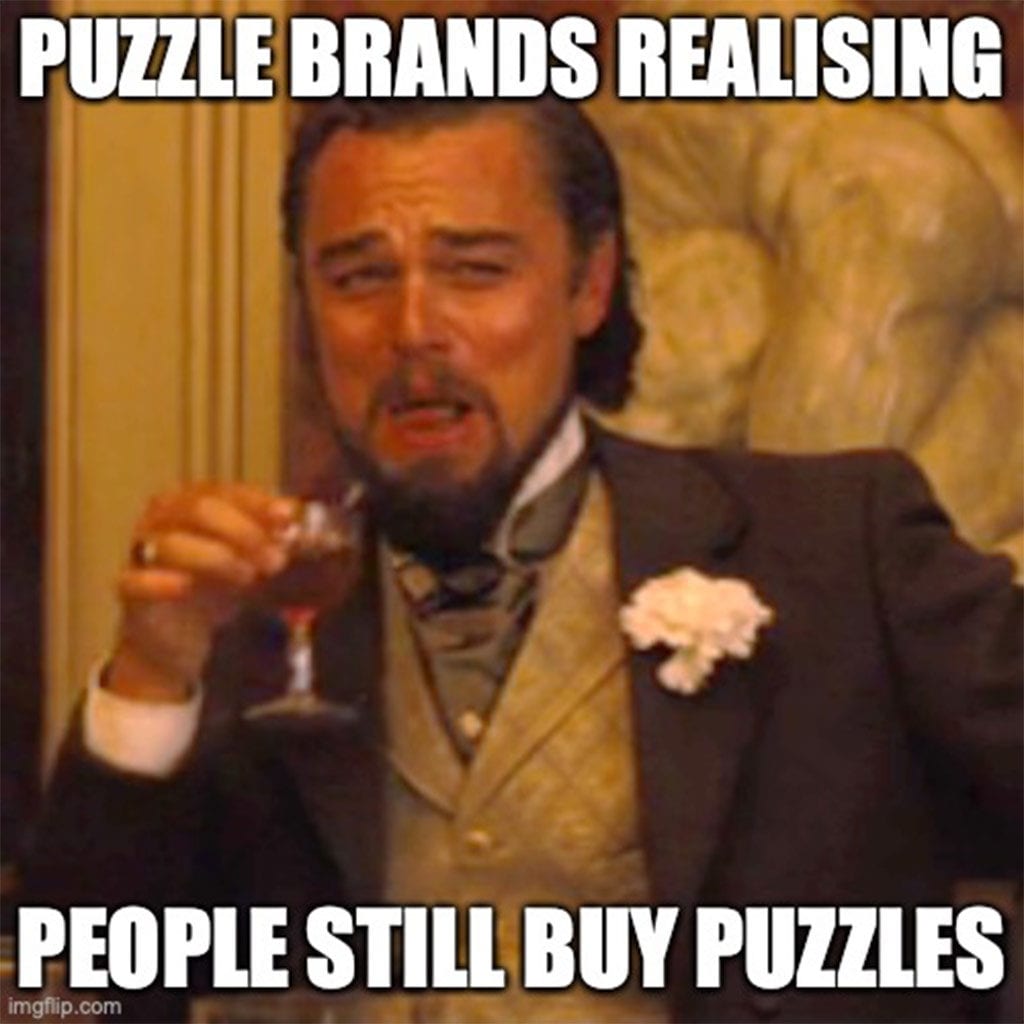
We could just tell you that jigsaw puzzles became popular when Cloudberries launched, but that would be a horrible lie.
Really, it was in the early 20th century that puzzling really evolved into the popular pastime we know today. As big companies like Parker Brothers and Milton Bradley got in on the game, puzzles became more widespread and with a greater variety of designs.
As you can imagine, the arrival of the Great Depression meant that people no longer had the disposable income to buy the more expensive wooden jigsaws, but still needed some entertainment to get them through the hard times. This is where the sales of cardboard puzzles really took off – they were cheaper and more shareable.
Puzzles were suddenly much cheaper with the development of the die-cutting technique, which works like a giant cookie cutter, allowing the mass-production of cardboard puzzles. The cheaper price of production meant that many brands used jigsaw puzzles as a form of advertising, knowing they would have a captive audience while whole families stared at the image for hours on end as they put the pieces together. This still goes on today, with pictures of random snacks, cars and other stuff being pasted onto puzzles.
The popularity of jigsaw puzzles has risen and fallen over the years, with another major spike in sales caused by the coronavirus pandemic in 2020. Jigsaw puzzles were already enjoying a bit of a renaissance before lockdowns forced millions to seek fun activities to do at home, and sales continued to remain high as restrictions lifted.
In recent years, clever innovations have made puzzling a lot more fun, including the arrival of gradient puzzles, crowdsourced designs, and the ability to print just a single personal photo to create a custom puzzle – a concept that would have been unimaginable to the early pioneers of puzzling. At Cloudberries, we’re determined to keep pushing the envelope, and we already have a few fun tricks hidden up our sleeves.
What does a jigsaw puzzle represent today?
The jigsaw puzzle has become so familiar to use that it has become a shortcut for anything that we find confusing or challenging – just check out these horrible puzzle stock photos for an idea of what we mean! Some people say that the jigsaw puzzle is a metaphor for life, with every person trying to make sense of the unassembled pieces.
We often describe a vital piece of information we need as the ‘missing piece of the puzzle’, and when things are going right, we talk about ‘everything falling into place’. And of course, it’s a popular trope in movies, and for the challenges we face in love. Plenty of songsmiths have been puzzled over their would-be amour. Needless to say, thanks to their place in popular culture – and some very cool new designs – puzzles are here to stay!
Play your own part in puzzle history with one of our fun jigsaws:
-
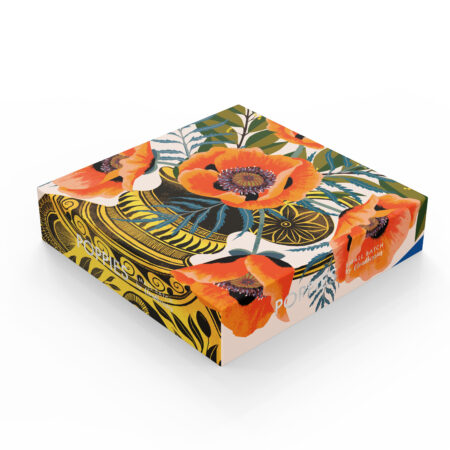 Poppies 1000 Piece Puzzle (Small Batch)US $37.49
Poppies 1000 Piece Puzzle (Small Batch)US $37.49 -
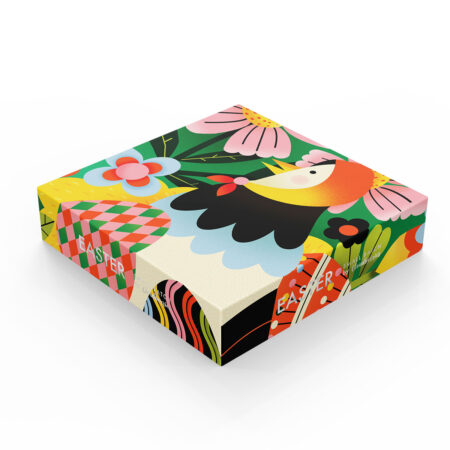 Easter 1000 Piece Puzzle (Small Batch)US $37.49
Easter 1000 Piece Puzzle (Small Batch)US $37.49 -
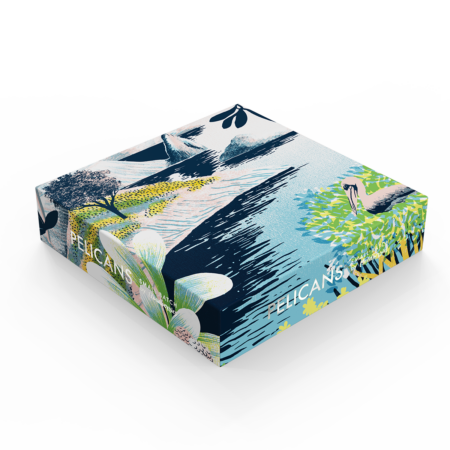 Pelicans 1000 Piece Puzzle (Small Batch)US $37.49
Pelicans 1000 Piece Puzzle (Small Batch)US $37.49 -
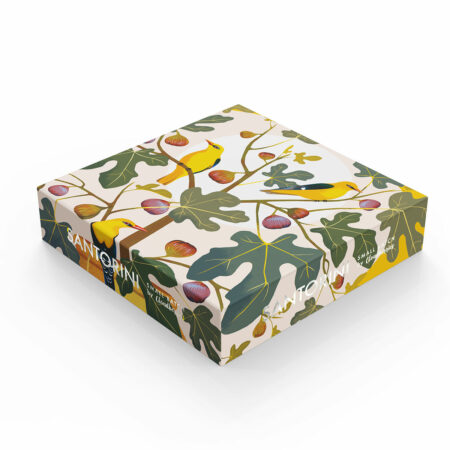 Santorini 1000 Piece Puzzle (Small Batch)US $37.49
Santorini 1000 Piece Puzzle (Small Batch)US $37.49 -
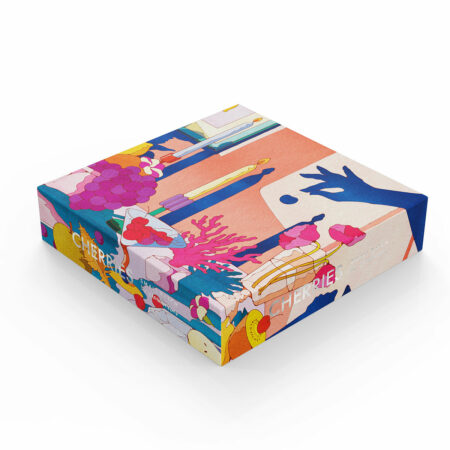 Cherries 1000 Piece Puzzle (Small Batch)US $37.49
Cherries 1000 Piece Puzzle (Small Batch)US $37.49 -
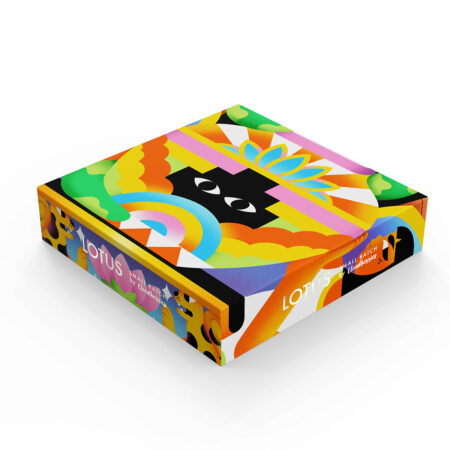 Lotus 1000 Piece Puzzle (Small Batch)US $37.49
Lotus 1000 Piece Puzzle (Small Batch)US $37.49 -
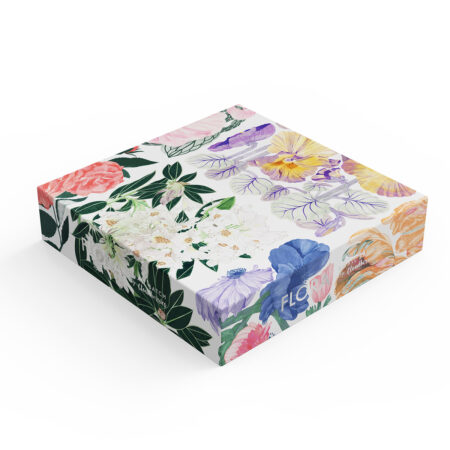 Flora 1000 Piece Puzzle (Small Batch)US $37.49
Flora 1000 Piece Puzzle (Small Batch)US $37.49 -
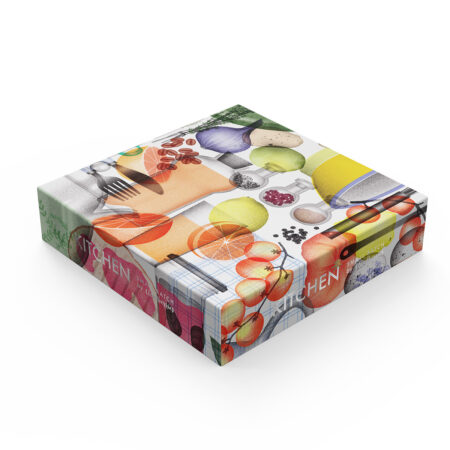 Kitchen 1000 Piece Puzzle (Small Batch)US $37.49
Kitchen 1000 Piece Puzzle (Small Batch)US $37.49 -
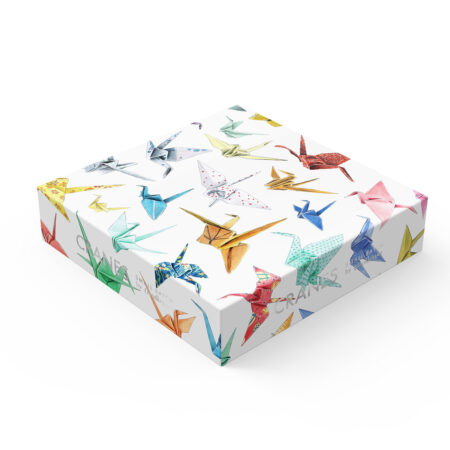 Cranes 1000 Piece Puzzle (Small Batch)US $37.49
Cranes 1000 Piece Puzzle (Small Batch)US $37.49





